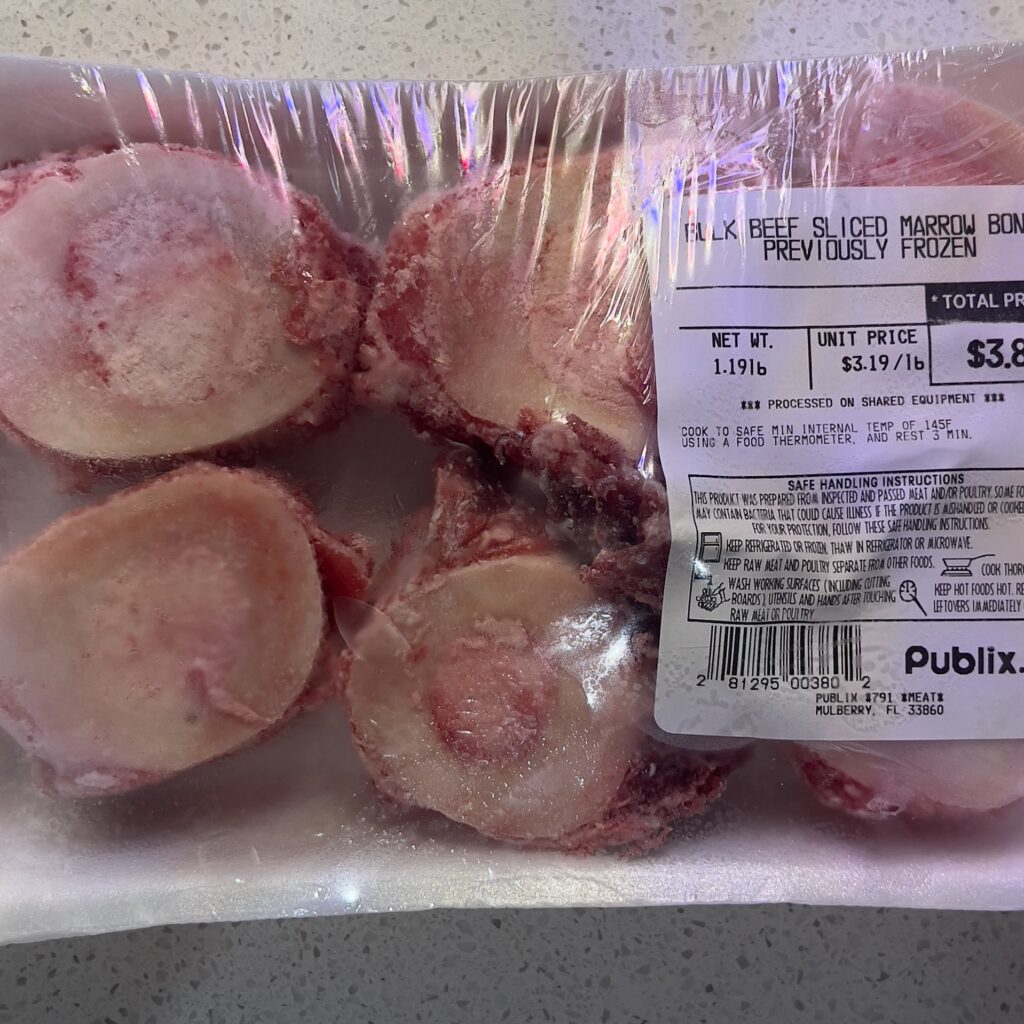
There’s been a lot of buzz lately about how commercial kibble might not be the best for our dogs—not because of the ingredients, but because of the ultra-high heat processing that can destroy vital nutrients. A quick search on DuckDuckGo pulls up plenty of articles on this, like this one from PledgeCare, which dives into how high temperatures strip away the good stuff in pet food. I won’t dwell on that here, but it got me thinking about better options for my 65-pound American Bully.
Exploring Alternatives
Curious about alternatives, I looked into freeze-dried foods like Dr. Marty’s and refrigerated options like The Farmer’s Dog. They sounded great, but for a big dog like mine, the costs added up fast—way too pricey for the long haul. Plus, many of these pre-made foods include fruits and vegetables, which I’m not convinced dogs need. The assumption is that domesticated dogs have evolved to benefit from a varied diet, unlike their carnivorous wolf ancestors. But as a non-expert, I couldn’t find solid evidence that dogs need plants. This led me to the predator raw diet, also called the prey model raw diet—a meat-heavy, back-to-basics approach.
What Is the Predator Raw Diet?
The predator raw diet is all about feeding dogs what their wild counterparts eat: raw meat, bones, and organs. It’s simple but deliberate. My version follows a rough guideline of 85% raw muscle meat, 10% raw organ meat, and 5% edible bones, with a couple of personal tweaks. Here’s how I make it work:

- Muscle Meat: I buy large, affordable pork loin from my local warehouse store and chop it into portions. It’s cost-effective (roughly $2.29/lb) and high-quality.
- Organ Meat: I use liver—either beef or turkey, which I find frozen at most grocery stores. My dog goes crazy for both.
- Bones: Canned salmon provides some edible bone content, which is great for calcium.

- Bone Broth: I make my own by pressure-cooking marrow bones with a tablespoon of vinegar and enough water to cover. It’s nutrient-rich and easy to store.
- My Secret Ingredient: I add freeze-dried blueberries after watching a video claiming they help protect bone broth’s nutrients, ensuring joint health benefits reach deeper into the digestive system. It sounds wild, but I noticed a big improvement in my dog’s mobility after adding them. Take it or leave it—it’s worked for us!
- Probiotic: Completely optional, but a dog-specific probiotic to support gut health. I use Purina Pro Plan ForiFlora.
My Journey and Vet Input
Before starting, I talked to my veterinarian. I respect her expertise, but I’m skeptical of the medical and pet industries, where profits from pharmaceuticals and diets can cloud judgment. She didn’t object to the raw diet but suggested consulting a veterinary nutritionist to ensure balance. I’m still researching, but so far, this diet has been a game-changer for my Bully.
Why I Chose This Path
The predator raw diet feels right for my dog. It’s closer to what nature intended, cutting out processed kibble and questionable fillers. I’ve seen my dog thrive—shinier coat, more energy, and better joint movement (thanks, blueberries?). It’s not without challenges, though. It takes time to prep, costs more than basic kibble, and requires careful handling to avoid bacterial risks. But for me, the benefits outweigh the effort.
Tips for Getting Started with the Predator Raw Diet
If you’re curious about the predator raw diet for your dog, here are some tips:
- Start Slow: Transition over 7–10 days, mixing raw food with your dog’s current diet to avoid tummy troubles.
- Source Smart: Look for affordable, high-quality meat from places like Sam’s Club or local butchers.
- Balance It Out: Stick to the 85/10/5 ratio (muscle meat, organs, bones) and consider adding bone broth for extra nutrients.
- Handle Safely: Freeze meat for 2–3 weeks to kill potential parasites and keep your prep area clean.
- Watch Your Dog: Monitor energy, stools, and overall health, adjusting as needed.
- Talk to Pros: I am not a professional and this advice shouldn’t be considered professional. Do your own research or check with a vet or nutritionist to ensure your dog’s diet is complete.
Final Thoughts
The predator raw diet isn’t for everyone, but it’s been a revelation for my American Bully. It’s affordable compared to pre-made raw foods, aligns with a dog’s carnivorous roots, and—thanks to my blueberry and probiotic twist—seems to keep my pup in top shape. Have you tried raw feeding or have questions about it? Drop a comment below!
If you enjoyed this article, please check out our other articles and stories in our blog. Also, curious how to make this work for your trucker road dog? Take a look at my truck meal planning article as I talk about how I prep this diet for the road.

